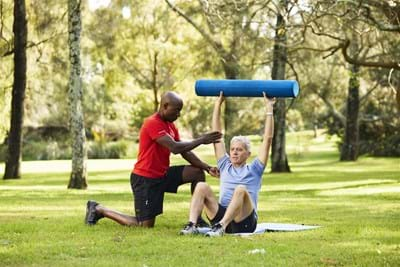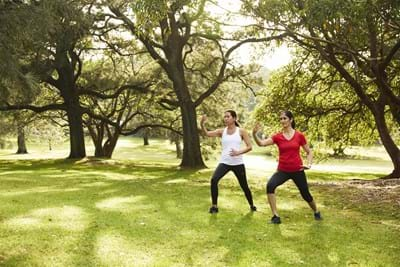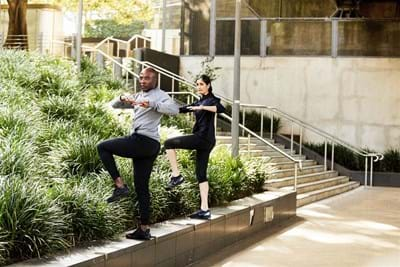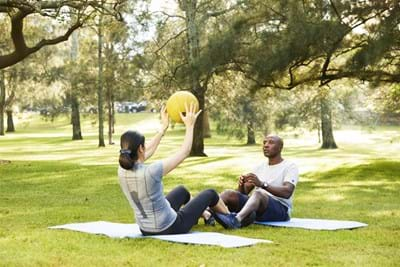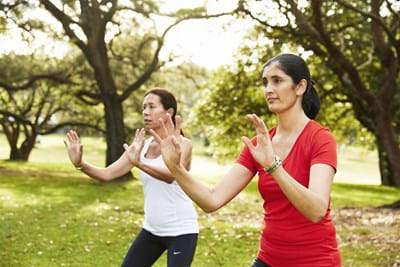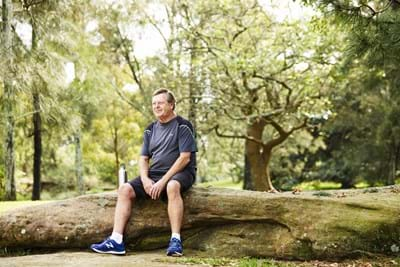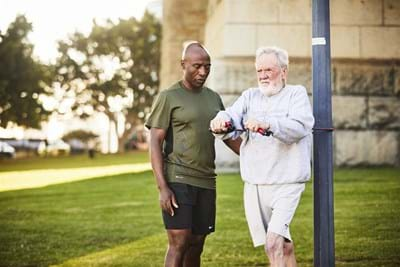Blog
Mid-life is no longer the age to start “slowing down”. You aren’t over the hill. You are actually at your peak.
There are so many myths and misconceptions about middle-aged fitness that it’s easy to believe these are the twilight years when it’s time to go slow.
Studies suggest there is no medical reason to wind down in midlife. In fact, exercise is the key to vitality well into your retirement years.
A great misconception that many people have is that they believe that their exercise program, which is sometimes very minimal, will somehow make up for the way they eat. Exercise if often used as an excuse by individuals to eat whatever they want because they think their exercise offsets the extra calories consumed.
It is not uncommon for a client to state, ‘I’m training hard but not losing any weight’...
Before you perform an exercise or routine you’ve seen somebody do on the internet, gym or park, please do your homework before you do it, especially if you have any uncertainty. When attempting an exercise or workout routine, if the risk outweighs the gain it provides, then in our opinion you shouldn’t do it. It might look good and challenging but you don’t necessarily know the training history of the person performing it...
Want to shift the belly fat? No amount of sit-ups is going to help.
Firstly, there are two different kinds of fat surrounding your belly.
The subcutaneous is the fat we can pinch and hangs over the belt or you ‘love handles’.
The second is visceral fat which means “under the skin” fat.
Sleep and fat are intimately linked, according to numerous studies.
Not only does too much fat affect the quality of your sleep but lack of sleep and poor quality sleep can make you even fatter.
Studies also show that good quality sleep may even help you to shed fat more effectively.
Virtually any form of exercise, from aerobics to weightlifting, can act as a stress reliever. If you're not an athlete or even if you're downright out of shape, you can still make a little exercise go a long way toward stress management. Discover the connection between exercise and stress relief today.
Exercise during and after menopause can both reduce menopausal symptoms and preserve heart, muscle, bone and brain health, according to a recent Spanish study.
The study found that impact and resistance training can improve bone health, maintain muscle mass and function, and improve flexibility and balance.
Leading medical journals now recommend all adults take multivitamins because most do not consume optimal amounts of vitamins by diet alone.
Both the New England Journal of Medicine and the Journal of the American Medical Association (JAMA) have concluded that...
Suffering from lower back pain? The answer may be downward dog!
Yoga may actually help to relieve back pain, according to a recent study. [i]
Published in Cochrane Library, the study found yoga may help with back-related function.
The systematic review found yoga may lead to reduced pain...
A wise man once said, “Happiness doesn't depend on any external conditions, it is governed by our mental attitude.”
But how do you get the right attitude to achieve your health and fitness goals and how do you maintain it?
You might be successful in every other area in life. You always smash your career and business goals yet you can’t seem to crack success in your health and fitness.
Office workers and people who sit for at least eight hours every day must do at least an hour of exercise to offset the inactivity, according to a new study.
The average Aussie is sedentary for more than 70 per cent of their waking hours, according to an Australian government statistics.
Unfortunately, too much sitting is associated with higher mortality rates and with developing diabetes and other chronic diseases...
Exercise may help prevent against developing type 2 diabetes, according to recent research.
Published in Diabetologia [i], the 2016 study found 150 minutes of physical activity each week can reduce the risk of developing Type 2 diabetes by up to 26 per cent.
The team of researchers from the UK and Sweden reviewed 23 population studies that collectively looked at over a million people.


